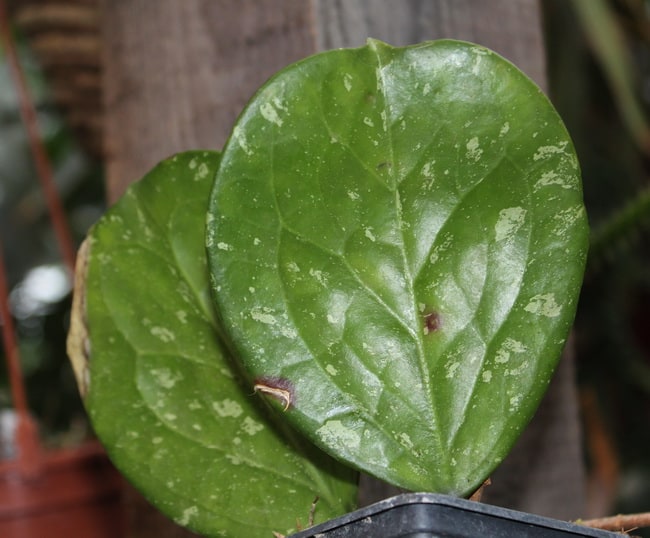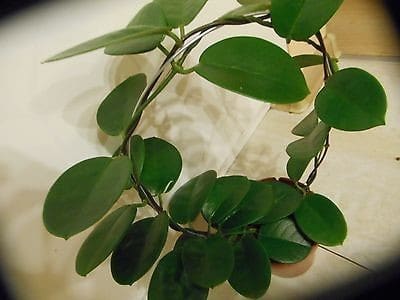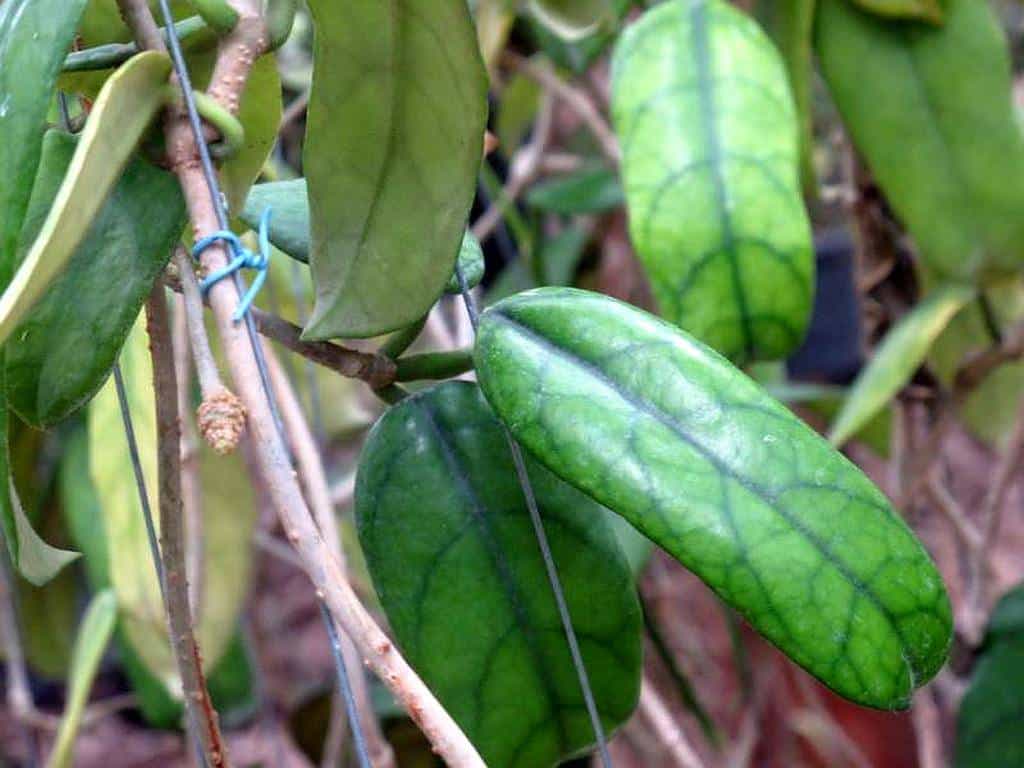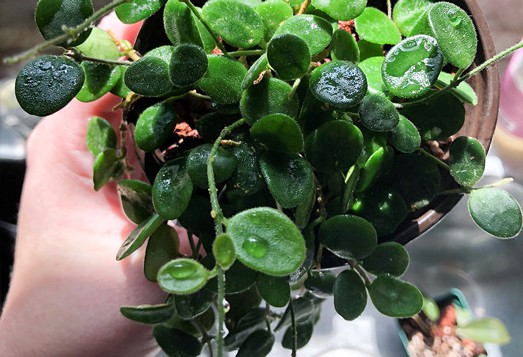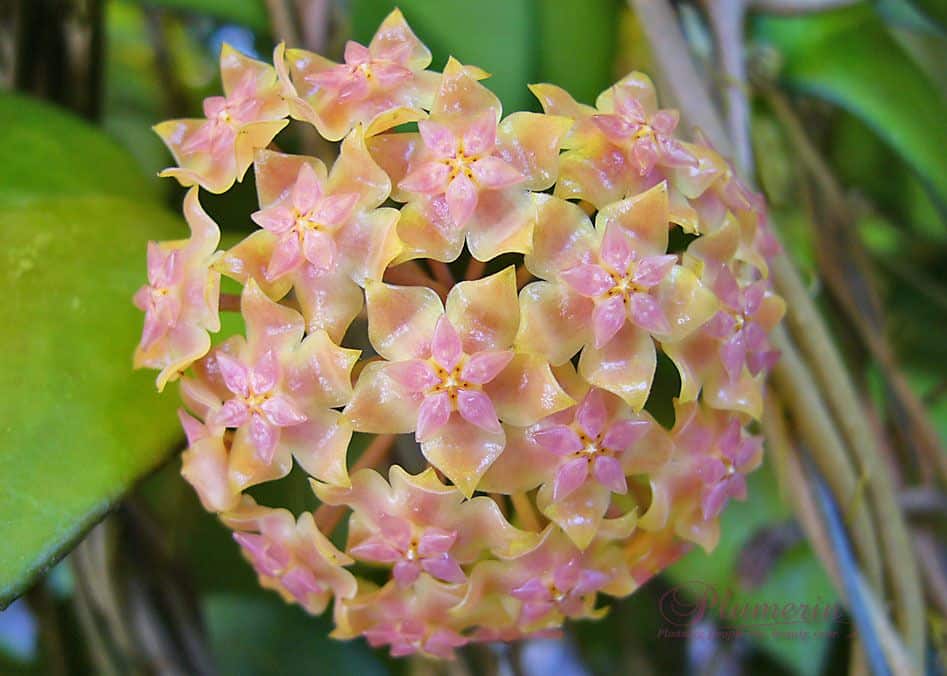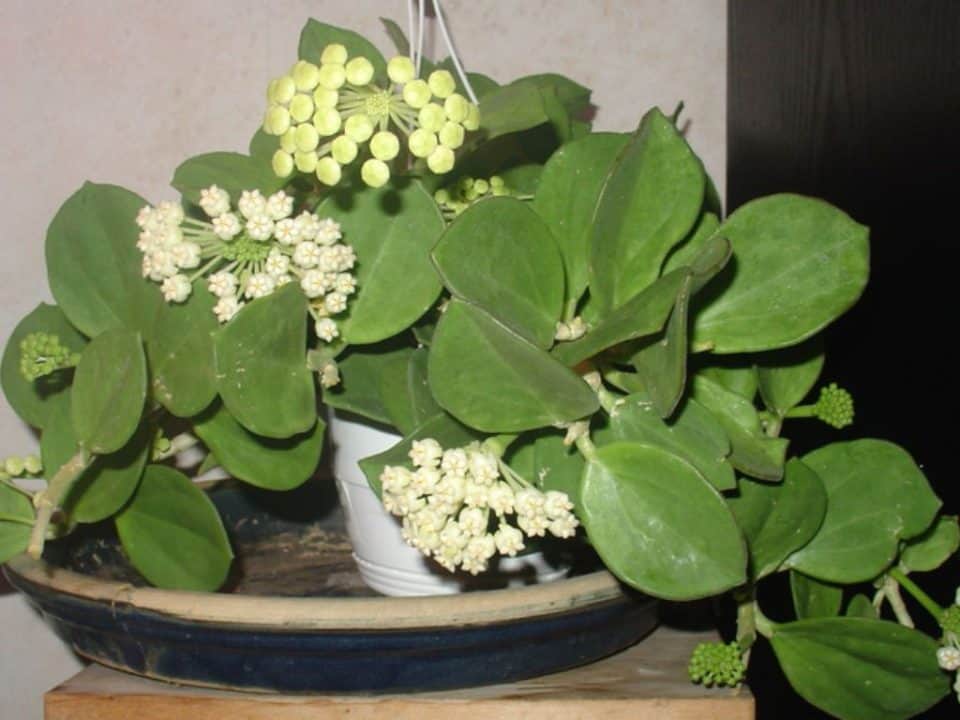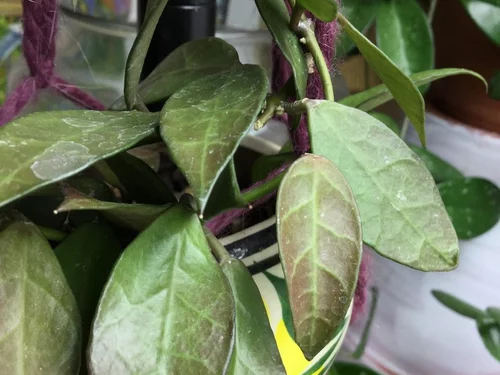The Hoya michelle (hoya michele), commonly called Waxflower, waxplant, or waxvine, is one of the most stunning and fascinating plants you can grow indoors. It comes in several different shapes, sizes, and colors, so it’s easy to find one that matches your home decor perfectly.
This makes the hoya michelle an excellent houseplant for your office or home. It’s also a great gift idea if you want to give someone something both beautiful and useful. However, many people think that hoyas are difficult to care for because they’re actually quite sensitive and can die from too much or too little water or sunlight.
Hoya michelle, an epiphytic succulent native to India and the Seychelles that grows easily in the home, has been touted as one of the easiest plants to propagate, but with this reputation has come mystery and confusion over how to grow hoya michelle from cuttings and how to care for your new plants.
In this article, we will walk you through exactly how to propagate hoya michelle by cutting off pieces of the parent plant and sticking them in water or soil, and also give you some tips on how to care for your new hoya michelle plants once they’ve grown.
Origin and descriptions
Hoya michelle is a type of Hoya plant that is native to Southeast Asia. It produces beautiful, thick leaves with distinctive markings that make it a popular plant for home and garden decorators alike.
If you’re looking to propagate your own plants, follow these tips to ensure that your hoya michelle starts growing strong from its first day in your care.
Hoya michelle is an extremely popular houseplant, thanks to its long cascading stems that grow gracefully down from hanging baskets. Easy to care for and propagate, hoyas have been a popular indoor plant since Victorian times. Let’s take a look at how to propagate and care for these popular plants.
Hoya michelle propagation
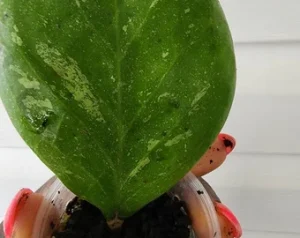
Hoya plants can be propagated in two ways: by cuttings or by seed. Cuttings are usually easier since Hoya propagation from seed can require a significant amount of effort.
When propagating Hoya through cuttings, you’ll first need to clean up your leaves. Trim off any dead parts and remove any dust or dirt that may have accumulated on them.
Then, place your cutting into a cup of water with some rooting hormone powder added for about one week until roots start growing out of it. After that, plant your cutting in potting soil and wait for it to grow.
To propagate Hoya using seeds, you’ll first need to soak them overnight so they will germinate faster.
Then, plant each seed into its own pot filled with moistened soil (but not too wet). Place these pots under a fluorescent light set at 10 inches above the soil surface and keep an eye on them—the seeds should sprout within three weeks if all goes well.
Hoya michelle care information
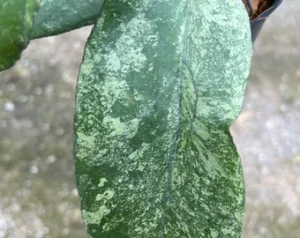
House plants are a very popular addition to any home, with their vibrant leaves and strong air purifying qualities. While most houseplants are considered easy to care for, some varieties may be more difficult than others.
The Hoya Michele is one of these plants, with delicate flowers that require specific conditions in order to thrive. Fortunately, you can keep your Hoya Michele healthy by following a few simple steps.
Light requirements
Hoya michelle is a tropical plant that needs a great deal of light. In fact, it should be left in direct sunlight to propagate in larger numbers throughout your home.
However, never leave them in direct sunlight for long periods of time. The plants can actually get sunburned if they’re not protected from too much direct sun, causing damage to their leaves and flowers.
Soil/potting mix
Before you bring your hoya home, it’s important to know its soil preference. Hoyas are epiphytes; they grow on other plants or trees too. In their native habitat, they live in tree branches, so most hoyas don’t need special soil at all!
However, some hoyas prefer a mixture of peat moss and sand, while others prefer pure sphagnum moss. Ask your local nursery for advice about what type of potting mix is best for your new plant friend.
Watering
In tropical climates, Hoya plants can be left to their own devices and don’t need to be watered often. In colder climates, they need a little more attention. All Hoyas enjoy being misted several times a week.
As long as you live in an area that stays above 60 degrees Fahrenheit year-round, watering is usually not necessary when you first pot your plant into the soil.
If it’s winter or if your house is cool at night, you may want to water it once every two weeks. Once spring rolls around and temperatures stay warm all day long, you can cut back on watering. Keep an eye on your leaves—if they start to droop or turn yellow/brown/gray, then it’s time for some water!
Fertilizer
Hoya michelle doesn’t need much fertilizer, but you can give it a shot of 20-20-20 if your plant seems to be struggling. If you do fertilize, don’t feed every month, only once or twice a year is needed.
You can use time-release fertilizer pellets instead of liquid or granular nutrients. These release nutrients slowly over time, providing plants with a steady supply of nutrition throughout their lifetimes.
Temperature
The Hoya michelle is a tropical plant, so it needs to be kept warm in order to thrive. Keep your plant near a heater, or place it near a sunny window. Temperatures of 80–90 degrees Fahrenheit (27–32 degrees Celsius) are ideal for Hoya michelle plants.
If you’re growing them indoors, try placing them next to a floor vent. If you live in an area with cold winters, you may need to move your plant into an unheated room during the winter months.
Humidity
In addition to a soil mix that drains well, Hoya michelle needs high humidity to prevent leaf scorch. You can increase humidity in your home or office by placing a shallow tray of pebbles with water underneath your plant or growing it on a shallow dish filled with stones and water.
Be sure not to allow any standing water to build up around your plant’s leaves, however; keep that area as dry as possible. This is especially important during the winter months when indoor heat further dehydrates your indoor air.
The ideal humidity range is between 60% and 80%. You can use a hygrometer to measure humidity levels in your home or office.
If your Hoya michelle plant’s leaves are shriveling, it’s a sign that it needs more moisture. If you notice any discoloration on your plant’s leaves, such as brown spots or yellowing, it could be a sign of over-watering or standing water around its roots.
Pruning
Since Hoyas love light, it’s important to give them enough space to grow. Pruning is one way to reduce weight. Use small scissors to remove any leaves that are shading others, but don’t take off more than a third of your plant at once.
Remove stems at their base and shape if needed. Make sure you know how many stems you have before pruning so you aren’t left with fewer plants than expected.
When to repot
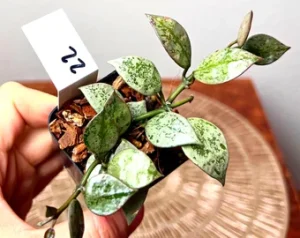
It’s best to repot your hoya in spring or summer. Repotting must be done gently to avoid damaging any of your hoya’s roots.
Plants that are root-bound need extra space, so you should try to find a pot just slightly larger than your plant’s current pot. Look for an oval or rectangular container with drainage holes at its base, your plant will thank you later!
Dormancy
Since Hoyas are tropical plants, you’ll have to make sure it doesn’t dry out over dormancy. Move your plant to a cool, dry place with low humidity (such as an unheated garage or basement).
Make sure it gets bright indirect light but not full sun. Water very sparingly in late fall until early spring when you see new growth emerge. If you can keep them alive during their dormancy period, they’ll reward you by taking off during the summer months!
Hoya michelle flowers & fragrance
Hoya michelle produces small, bright flowers in late summer. The fragrant blooms are highly attractive to bees, butterflies, and hummingbirds.
This hoya can be grown outdoors year-round in subtropical climates; however, it thrives best indoors with proper care and lighting.
Growth rate
Though Hoyas can’t be considered fast growers, they are not nearly as slow as many other vines. A healthy Hoyas growing on a vine that gets full sun to partial shade should grow one inch per month.
In ideal conditions (full sun, well-drained soil), the growth rate can be faster. Roots will send out new stems rather than develop down, this is perfectly normal and does not mean your plant is root bound or in need of repotting.
Toxicity
One of the most common propagation problems with Hoyas is their poisonous nature. The sap on their leaves contains a toxic resin that will burn or blister your skin if you handle it roughly, so always wear gloves when working with your Hoya plants.
If you’re cutting a plant’s roots to replant in another pot, use an old knife or scissors since these tools can also be damaged by Hoya sap.
USDA hardiness zones
Hoya michelle will thrive in USDA hardiness zones 10 through 12. In areas where temperatures dip below 10 degrees Fahrenheit, you can grow hoya michelle as a houseplant or take cuttings to overwinter indoors.
Pests and diseases
Hoya michelle is a plant that enjoys high humidity. However, too much can cause it to lose its leaves or become infested with pests. Mist leaves early in the morning but be sure to avoid over-watering.
In some cases, you may need to remove any dead leaves as well. Watch for insects like aphids, mealybugs, or spider mites; these are easy to spot on hoya michelle as they appear as powdery white particles on its leaves and stems.
Conclusion
Because of its unique growth habit, Hoya michelle is suitable for many different purposes. Use it as a potted plant, in a hanging basket, or as a trailing plant on a trellis or window.
Because of its frost tolerance, Hoya michelle can be grown outdoors in U.S. Department of Agriculture (USDA) hardiness zones 10 through 12 with protection from harsh conditions such as cold winds.
